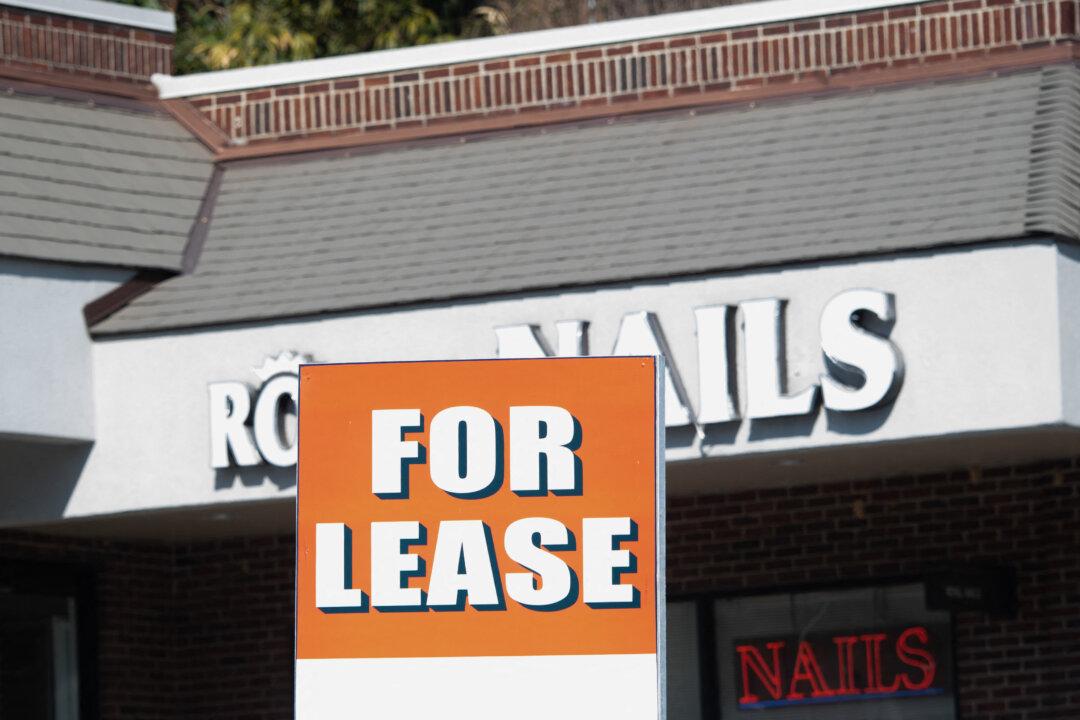Commentary
Viewpoints
Opinion
The Outlook for Commercial Real Estate: A Mixed Bag
COVID’s long shadow will help some areas and hurt others

A sign advertises commercial real estate for lease at a strip mall in Arlington, Va., on Feb. 15, 2022. Saul Loeb/AFP via Getty Images
Milton Ezrati is a contributing editor at The National Interest, an affiliate of the Center for the Study of Human Capital at the University at Buffalo (SUNY), and chief economist for Vested, a New York-based communications firm. Before joining Vested, he served as chief market strategist and economist for Lord, Abbett & Co. He also writes frequently for City Journal and blogs regularly for Forbes. His latest book is “Thirty Tomorrows: The Next Three Decades of Globalization, Demographics, and How We Will Live.”
Author’s Selected Articles




